BoE Chief Economist Andy Haldane said in a speech that the MPC minutes “contained no such signal” as it’s introducing negative rates in the near-term. The operational feasibility assessment of negative rates is “likely to take a number of months”. Then, judgement on negative rates will depend on the economic outlook. The decision would then depend on the balance of costs and benefits, , with comparison to other monetary tools.
“All three of these conditions would need to be satisfied before negative rates became a reality. At present, none of those conditions is in my view satisfied,” he added.
Haldane also urged that “encouraging news about the present needs not to be drowned out by fears for the future. Now is not the time for the economics of Chicken Licken”
“This is human nature at times of stress. But it can also make for an overly-pessimistic popular narrative, which fosters fear, fatalism and excess caution. This is unhealthy in itself but, if left unaddressed, also risks becoming self-fulfilling.”




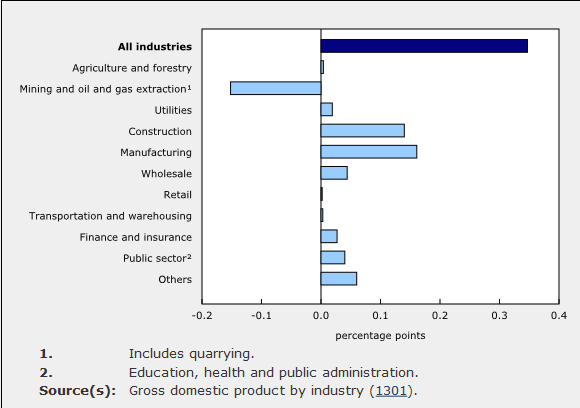
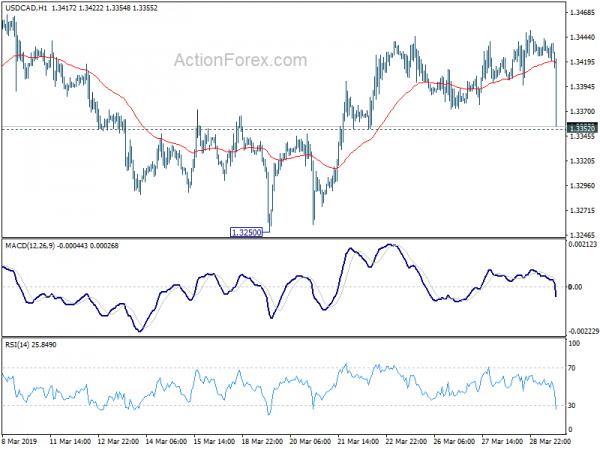
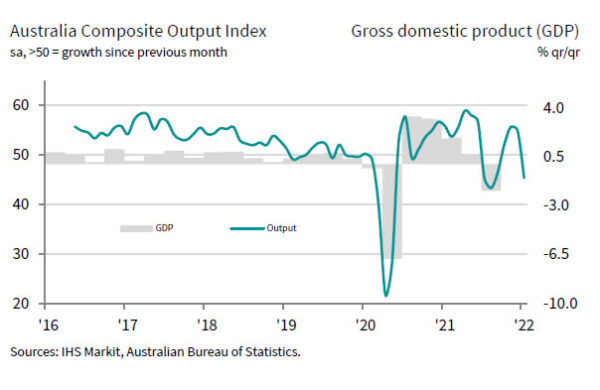
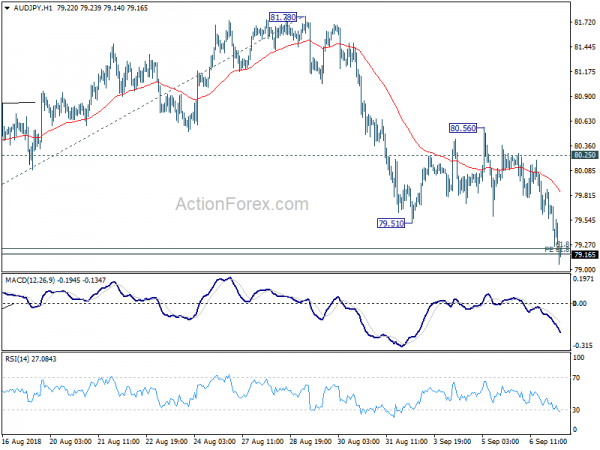
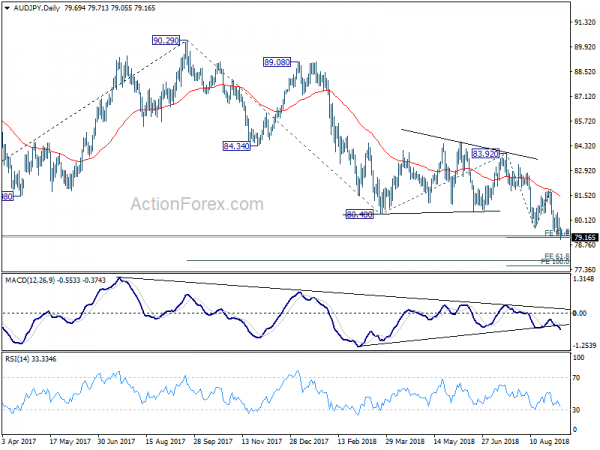
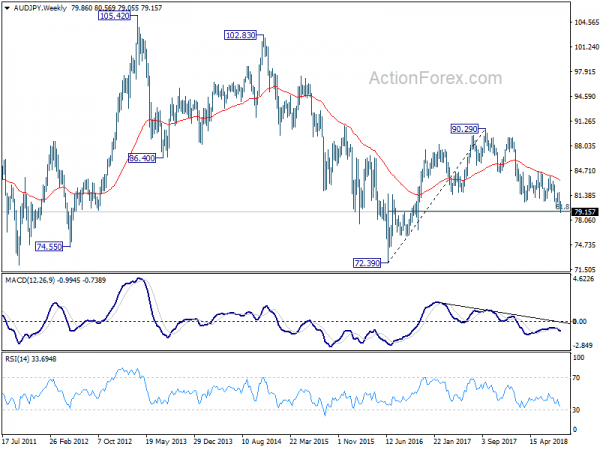
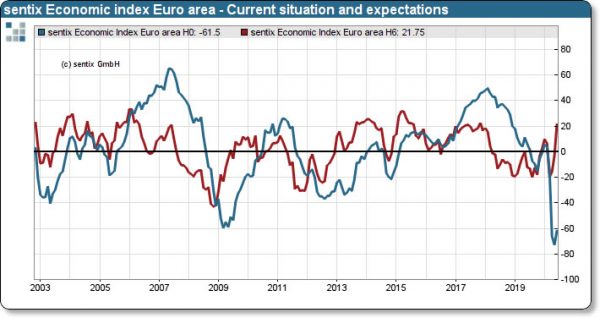
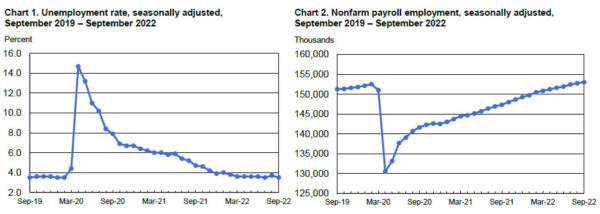
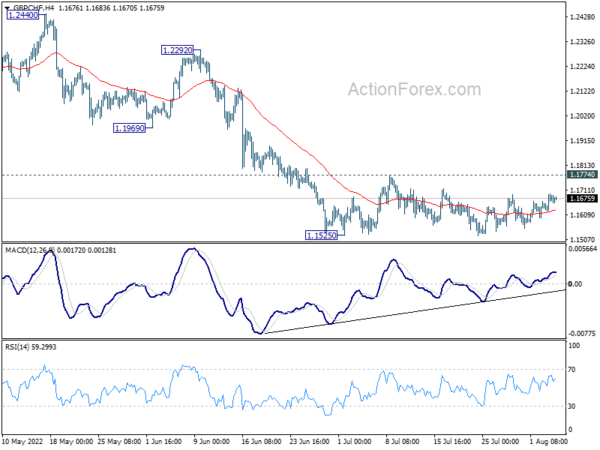
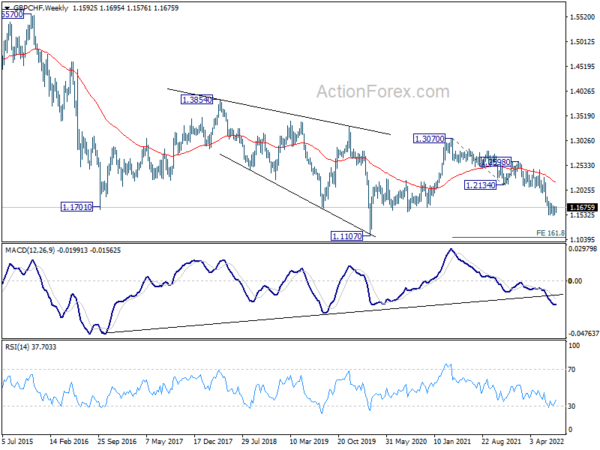
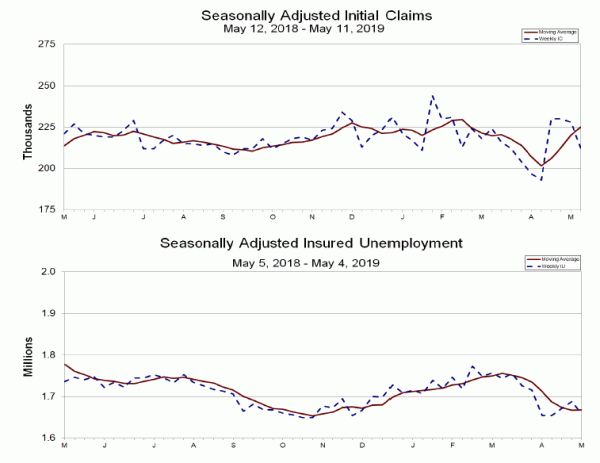
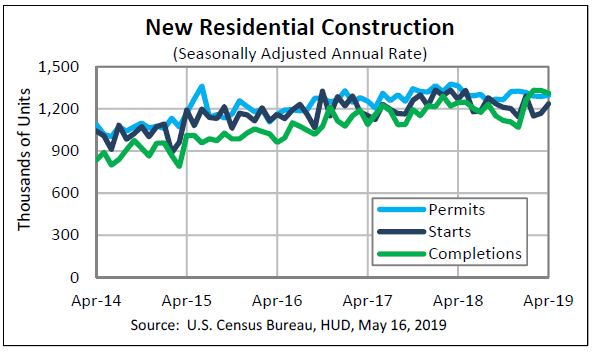
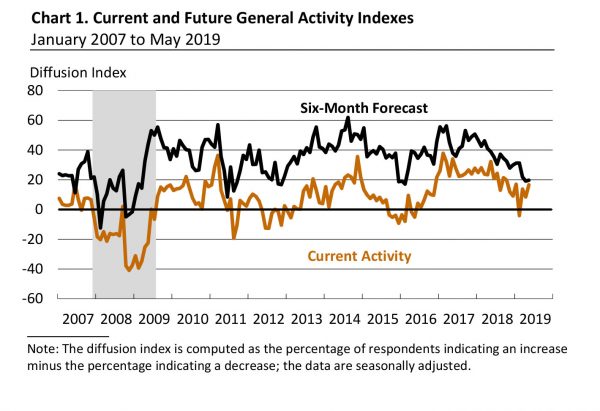
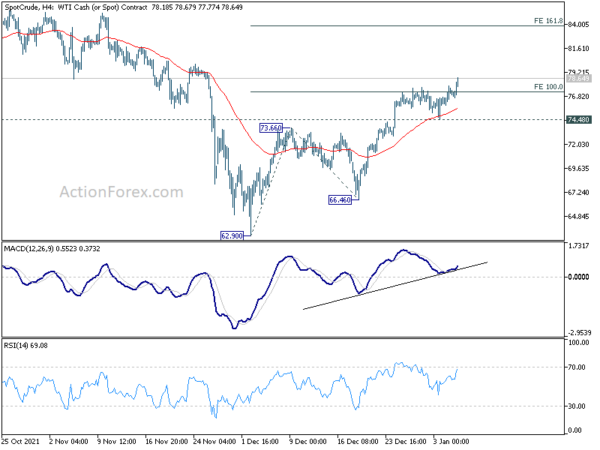
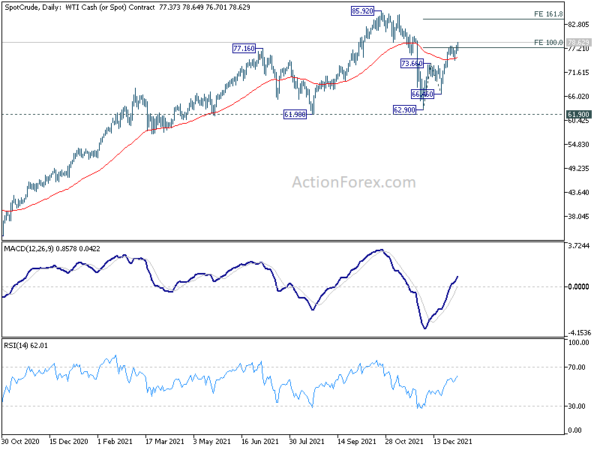
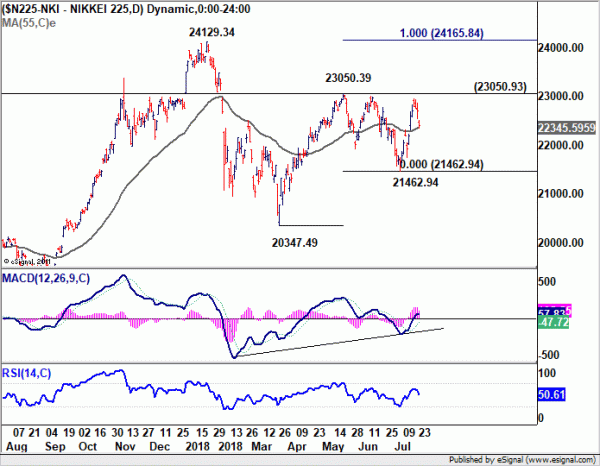
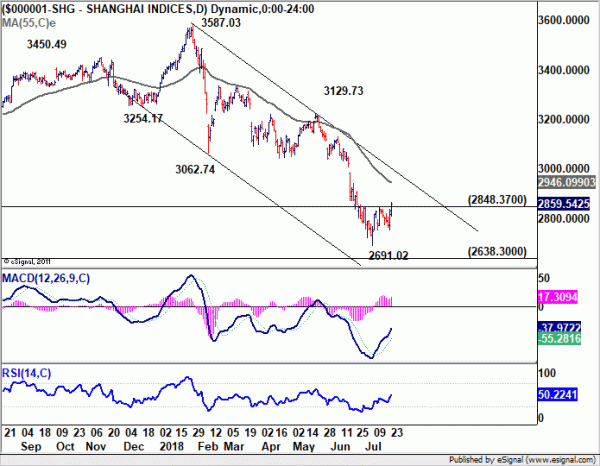
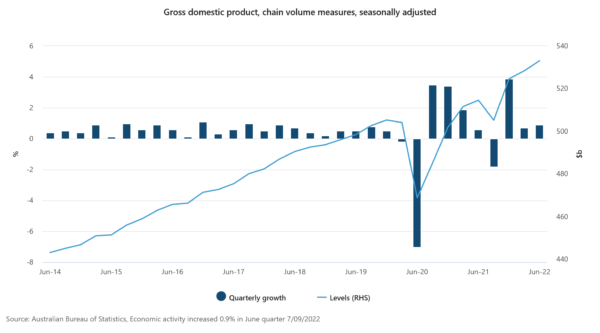
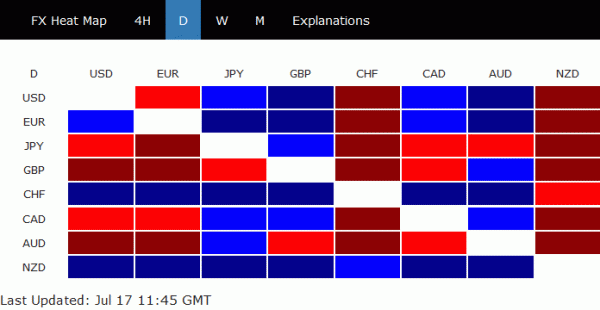

UK retail sales volume up 1.2% mom in Feb, sales value rose 1.6% mom
UK retail sales volume rose 1.2% mom in February, well above expectation of 0.2% mom. Ex-fuel sales volume rose 1.5% mom, above expectation of 0.1% mom. Nevertheless, in the three months to February, comparing to the prior three month, sales volume declined -0.3%, while ex-fuel sales volume dropped -0.4.
In value term, total sales rose 1.6% mom while ex-fuel sale rose 2.2% mom. In the three months to February, comparing to the prior three months, total sales value rose 0.7% while ex-fuel sales value rose 1.0%.
Full UK retail sales release here.